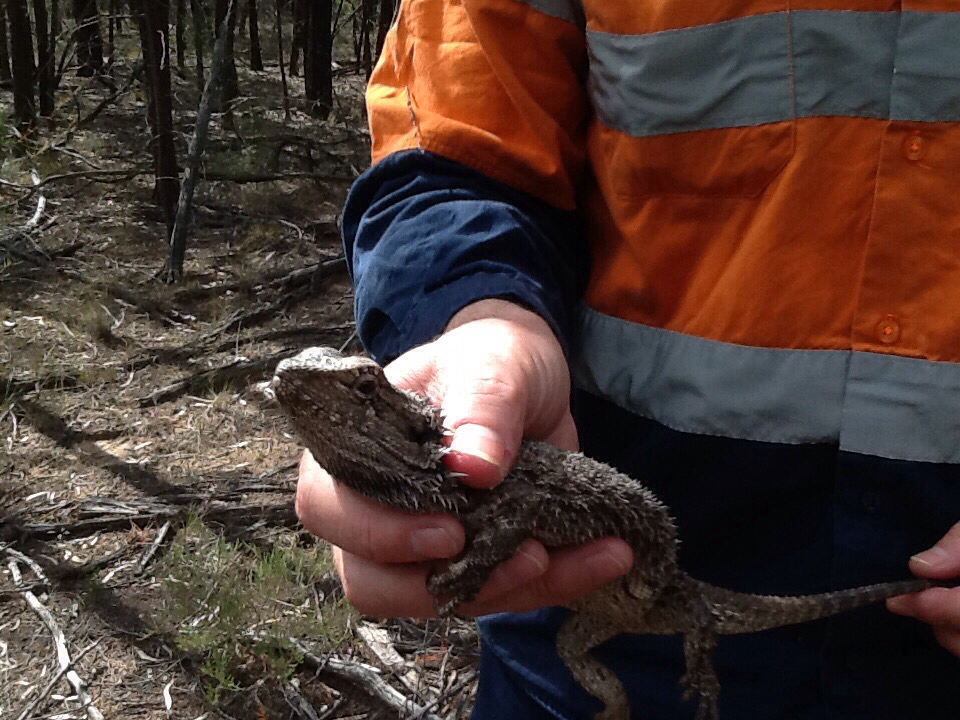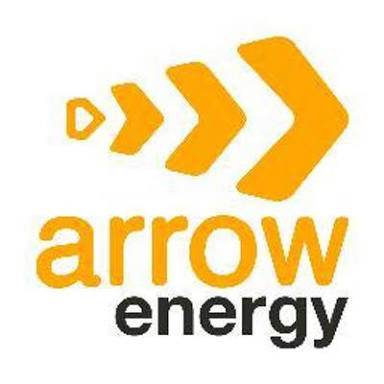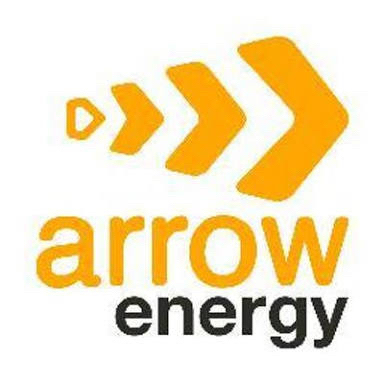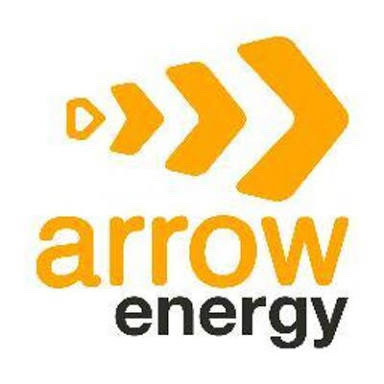Title Page
-
Site conducted
-
Audit Title
-
Site Name
-
Tenure
-
Date
-
Assessor
DEVELOPMENT TYPE AND LOCATION
-
Development type
- Well Pad
- Pilot Well + Dam
- Monitoring
- Roads & Tracks
- Work over
- Gas Processing Facility
- Dam
- Pipeline
- Seismic Line
- Property (area) wide
-
Centre of Ecological Stratification Unit (ESU) or 100 x 100 m area GDA 94, MGA zone 55 or 55 Easting Northing
-
Other description
Photos from centre of ESU
-
North
-
Notes
-
East
-
Notes
-
South
-
Notes
-
West
-
Notes
Photos of landscape and features
-
Take photo
-
Notes
-
Take photo
-
Notes
-
Take photo
-
Notes
-
Take photo
-
Notes
LANDFORM AND PHYSIOGRAPHY
-
LANDFORM estimated within 500m (broad assessment- view if the area; choose the most characteristic feature - ONE ONLY)
-
Choose type
-
Choose Plains Type
- Downs - open, rolling, ashy, pebbly
- Alluvial plain or flat, floodplain
- Inland clay pan, salt flat, salt pan
- Coastal tidal flat or salt flat
- Unspecified, flat, gentle, slopes, undulating terrain
-
Choose type
-
Choose type
-
Choose type
-
SLOPE
- Level (<1%)
- Gently sloping (1-4%)
- Moderately sloping (5-10%)
- Strongly sloping (11-24%)
- Moderately steep (25-38%)
- Steep (39-55%)
- Very steep (56-100%)
- Slope >100% (45 degrees)
-
ASPECT
- North
- South
- East
- West
- North East
- North West
- South East
- South West
- Nil
-
SOIL COLOUR
- White
- Black
- Yellow
- Grey
- Orange
- Pale
- Brown
- Dark
- Red
- Mottled
-
SOIL (list is in order of increasing clay content)
- Sand
- Loamy Sand
- Clayey Sand
- Sandy Loam
- Loam (>20 % clay)
- Silty Loam
- Sandy Clay Loam
- Clay Loam
- Clay Sandy Loam
- Silty Clay Loam
- Light Clay
- Light Medium Clay
- Medium Clay
- Medium Heavy Clay
- Heavy Clay
- Saline Mud
-
EROSION
-
EROSION TYPE
- Tunnelling
- Sheet
- Rill
- Gully
- Mass Failure
- Stream-bank
Page 2
DISTURBANCE
-
Disturbance estimated within ESU or 100 x 100 m area (broad assessment - random meander)
-
LANDUSE
- Grazing
- Forestry
- Cropping
- Conservation
- Mining
- Other
-
Briefly describe 'other'
-
EVIDENCE OF DISTURBANCE
- Clearing
- Cultivation
- Regrowth
- Logging
- Thinning
- No Disturbance
-
Is there dieback?
-
SITE CONDITION
-
FIRE SCARS
-
Time since
-
Average height (m)
-
Disturbance notes
VEGETATION STRUCTURE AND CONTEXT
-
Estimated within ESU or 100x100 m (broad assessment - random meander)
-
MICROHABITAT(S) present
- CEST - coastal and estuarine
- Rf - rainforest (including SEVT)
- H - heath
- FOR - forest
- WDL - woodland
- GRL - grassland
- IMP - improved pasture
- LKE - lake/dam
- RIP - riparian
- SHR - shrubland
- SW - swamp/wetland
- DIS - disturbed areas (e.g. roadsides, cropping land, urban areas)
-
ECOLOGICAL DOMINANT LAYER (EDL)
- T1
- T2
- S1
- S2
- G
-
Average height (m) of EDL
-
Average DBH (cm) of EDL
-
Canopy cover (%) of EDL
-
Functional shrub layer density (<2m)
THREATENED FLORA, TYPE A FLORA AND WEEDS
-
Declared and locally significant
Locations across ESU -
Species information
Species info
-
Species name
-
Density
-
Waypoint/polygon
-
Easting
-
Northing
-
Photos
Page 3
VEGETATION FLORISTICS
-
Record all species within 50 x 50 transect
-
Transact start compass bearing
-
Start easting
-
Start Northing
-
End Easting
-
End Northing
-
STRATUM
-
Choose the stratum to input information
- E
- T1
- T2
- T3
- S1
- S2
-
E
-
Height range (m) from
-
Height range (m) to
-
Canopy cover (%)
-
T1
-
Height range (m) from
-
Height range (m) to
-
Canopy cover (%)
-
T2
-
Height range (m) from
-
Height range (m) to
-
Canopy cover (%)
-
T3
-
Height range (m) from
-
Height range (m) to
-
Canopy cover (%)
-
S1
-
Height range (m) from
-
Height range (m) to
-
Canopy cover (%)
-
S2
-
Height range (m) from
-
Height range (m) to
-
Canopy cover (%)
Page 4
SPECIES
-
Record ground cover species within 50 x 10m transect
-
Species list and details
Species
-
Common name/collection name
-
Species name
-
Sample (field no.)
-
Stem count
50 x 10m plot or 50 x 2 m plot for dense cover in S1 and S2
Denote plot type employed -
E
-
T1
-
T2
-
T3
-
S1
-
S2
-
Totals
-
E
-
T1
-
T2
-
T3
-
S1
-
S2
Page 5
Ground cover
-
Record in five 1m x 1m quadrants along 50m transect (total in each quadrant =100)
-
Quadrant 1
-
Photo
-
Native perennial grass
-
Native other grass (if relevant)
-
Native forbs and other species (non-grass)
-
Native shrubs (<1m)
-
Non-native grass
-
Non-native forbs and shrubs
-
Litter
-
Rock
-
Bare ground
-
Cryptogram
-
Quadrant 2
-
Photo
-
Native perennial grass
-
Native other grass (if relevant)
-
Native forbs and other species (non-grass)
-
Native shrubs (<1m)
-
Non-native grass
-
Non-native forbs and shrubs
-
Litter
-
Rock
-
Bare ground
-
Cryptogram
-
Quadrant 3
-
Photo
-
Native perennial grass
-
Native other grass (if relevant)
-
Native forbs and other species (non-grass)
-
Native shrubs (<1m)
-
Non-native grass
-
Non-native forbs and shrubs
-
Litter
-
Rock
-
Bare ground
-
Cryptogram
-
Quadrant 4
-
Photo
-
Native perennial grass
-
Native other grass (if relevant)
-
Native forbs and other species (non-grass)
-
Native shrubs (<1m)
-
Non-native grass
-
Non-native forbs and shrubs
-
Litter
-
Rock
-
Bare ground
-
Cryptogram
-
Quadrant 5
-
Photo
-
Native perennial grass
-
Native other grass (if relevant)
-
Native forbs and other species (non-grass)
-
Native shrubs (<1m)
-
Non-native grass
-
Non-native forbs and shrubs
-
Litter
-
Rock
-
Bare ground
-
Cryptogram
-
Mean for each type
-
Native perennial grass
-
Native other grass (if relevant)
-
Native forbs and other species (non-grass)
-
Native shrubs (<1m)
-
Non-native grass
-
Non-native forbs and shrubs
-
Litter
-
Rock
-
Bare ground
-
Cryptogram
Page 6
REGIONAL ECOSYSTEM MAPPING
-
Mapped RE - RE CODE
-
Survey result
-
Mapped RE - EPBC Status
-
Survey result
-
Mapped RE - VM Act Status
-
Survey result
-
Mapped RE - Biodiversity Status
-
Survey result
-
Agree with mapped RE?
-
If no, please provide justification from field data
Page 7
FAUNA HABITAT
-
Within 50 x 10m transect
-
No. of trees with hollows (>10cm)
-
Per hectare (x20)
-
No. of hollow logs
-
Per hectare (x20)
-
Total length of logs (>10cm)
-
Per hectare (x20)
-
No. of logs (>10cm)
-
Per hectare (x20)
FAUNA HABITAT FEATURES
-
Estimated within ESU or 100 x 100 m (broad assessment - random meander)
-
Cliffs/outcrops
-
Wetland/Swamp/Waterbody
-
Waterway
-
Potential for nectar/pollen
-
Potential for fleshy fruiting plants
-
Potential for seeding grass cover
-
Dense shrub/grass shelter
-
Large Eucalypts (>30cm DBH)
-
Large non-Eucalypts (>20cm DBH)
-
Large rocks (>30cm)
-
Small rocks (10-30cm)
-
Leaf litter depth
-
Leaf litter coverage
-
Termite mounds (>50cm)
-
Rock piles
-
Trees with shedding bark
-
Soil cracks
-
Koala feed trees
-
Mistletoe/epiphytes
FAUNA SIGNS
-
Estimated within ESU or 100 x 100m area (broad assessment - random meanders)
GPS ALL POTENTIAL BREEDING PLACES BUT NOT NECESSARILY ALL FAUNA SIGNS
Fauna signs: animal tracks, feed scars, scratches, diggings, scars, casts, bones, feathers, other
Breeding places: nests, burrows, shelters, drays, bowers, other -
Enter information regarding fauna signs
Fauna Signs
-
Fauna sign/Breeding place
-
Likely species/group
-
Conservation status
-
Coordinates GDA 94 Easting
-
Coordinates GDA 94 Northing
-
Other information (eg. Age, collected, active/inactive)
Page 8
AC RECOMMENDATIONS - SITE PREPARATION
-
Fauna spotter catcher required?
-
If yes, why?
-
Ecologist required?
-
If yes, why?
-
Species management plan required?
-
If yes, why?
-
Minimal disturbance suitability assessment :
Suitable - if all 4 questions are yes -
Is the vegetation suitable for slashing only ?<br>
-
Is the slope <5% ?<br>
-
Is the clay content >20% ?<br>
-
Are gilgais absent?
-
Suitable for minimal disturbance?
-
Notes












